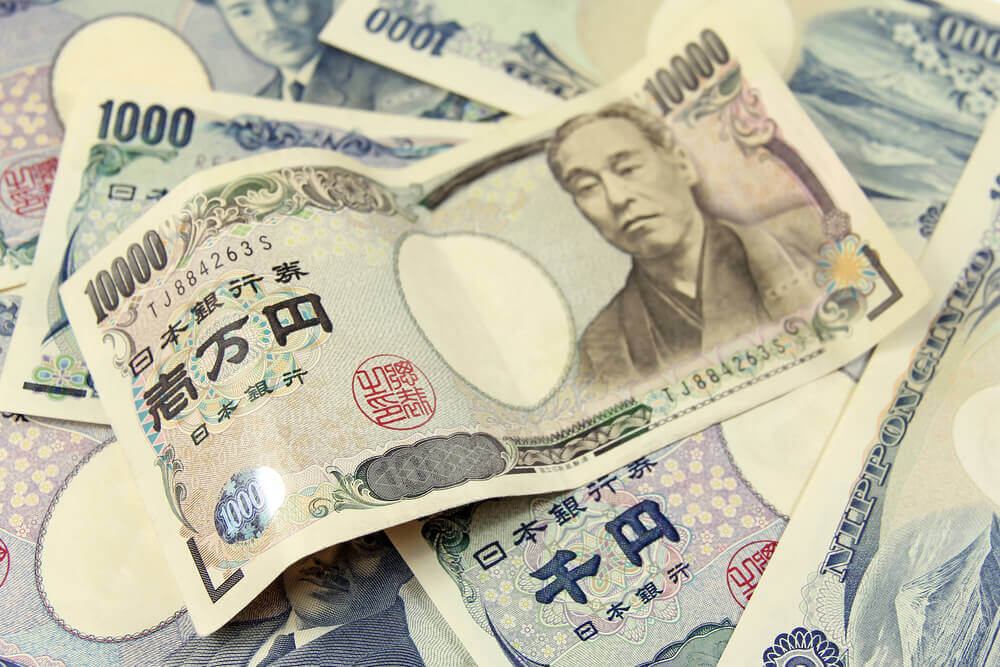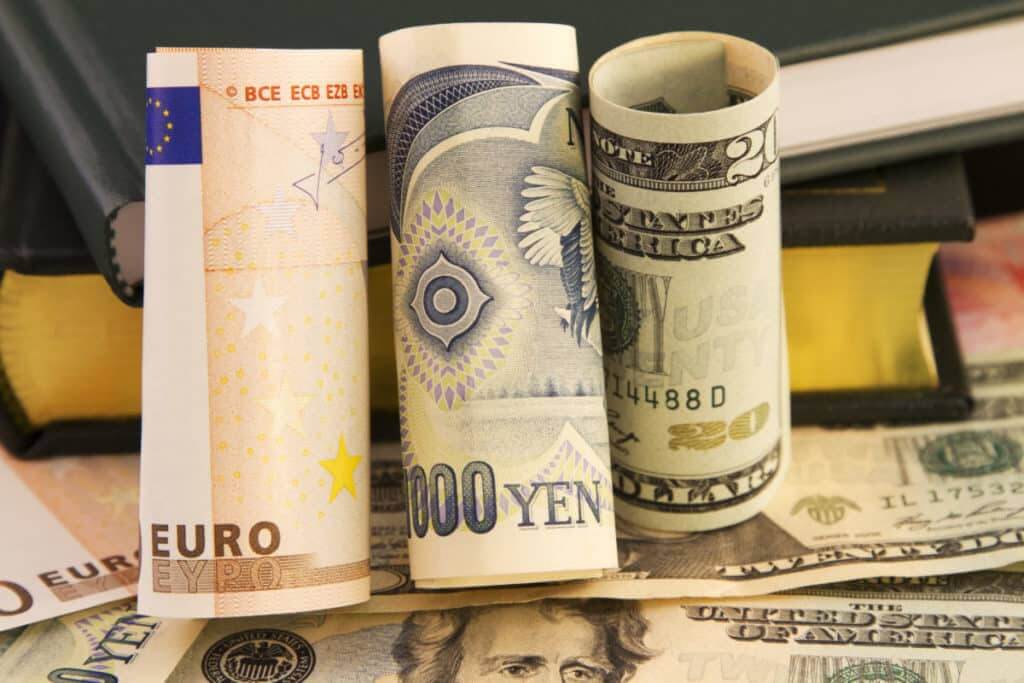
Dollar declined. The Yen is gaining after strong losses
The U.S. dollar traded close to a two-decade high on Wednesday. Traders are waiting for fresh U.S. inflation data. They hope to gauge how aggressively the U.S. Federal Reserve will have to tighten monetary policy to keep soaring prices in check. The dollar index declined in early European trading, lowering by 0.28% to 103.65 against a basket of six currencies. Despite that, it remained within reach of 104.19 – its strongest level since December 2002 – hit at the start of the week. That was mostly due to expectations that U.S. inflation will likely soften to 8.1% annually in April against 8.5% in March.
The U.S. currency has rallied by more than 8% this year amid an increasingly hawkish Fed. The latter raised its benchmark overnight interest rate by 50 basis points last week, the largest hike in 22 years. MUFG analyst Lee Hardman noted that another softer CPI print today could threaten the greenback’s current bullish trend. Even if that’s the case, it won’t likely be sufficient on its own to trigger a sustained reversal lower. Currently, forex markets are pricing in another raise of at least 50 basis points at the central bank’s June meeting.
On Wednesday, the euro also jumped by 0.24% to $1.05560. It has mostly traded sideways since tumbling to a more than five-year low at $1.04695 at the end of last month. Even though it managed to edge up, the common currency is still under pressure from the bullish dollar. Fears that the war in Ukraine and surging energy prices could push the eurozone into recession later this year also weigh on the currency. As a result, influential European Central Bank policymakers’ recent remarks about an interest rate increase in July have had little effect on boosting the euro.
The Japanese Yen has struggled for some time. How is it faring today?
The Yen climbed up by 0.36% at 129.975 per dollar after plunging to a more than the two-decade low of 131.35 on Monday. The currency managed to get some respite from a pause in the recent relentless rally in benchmark U.S. Treasury yields. The benchmark U.S. 10-year note yield lowered from a more than three-year peak, trading below 3% on Wednesday morning.
Meanwhile, the Australian dollar jumped by 0.51% to $0.6977 after hitting a 22-month low of $0.6911 earlier in the week. The British Pound also gained 0.20% to $1.2341 after plummeting to a 22-month low of $1.2262 at the start of the week.
In Asia, emerging market currencies edged up from 18-month lows on Wednesday. A slight uptick in risk sentiment ahead of a closely watched U.S. inflation data bolstered the currencies. However, the Turkish lira declined for a fifth consecutive day, heading towards December lows.
MSCI’s index of EM currencies increased by 0.1% after plunging to its lowest level since November 2020 at the beginning of the week. Risky EM assets have started losing their appeal on the heels of tightening U.S. monetary policy and a stronger greenback. Traders are now focusing on the April U.S. consumer price index print, which is due at 1230 GMT on Wednesday.

What’s the analysts’ forecast for the EM currencies?
Alex Kuptsikevich, a senior financial analyst at FxPro, stated that the currency market had been a one-way street in favor of the greenback since the start of April. Thus, dollar bulls need a recharge at current levels, supporting the demand for emerging market currencies.
He also added that the FX market sees the slight decrease of the U.S. dollar and the drop in U.S. Treasury yields as an opportunity for a local correction, which could become a long-term trend.
Stocks soared by 0.4%, snapping a seven-day losing streak on Wednesday. However, sentiment this week has remained pressured due to uncertainty around central bank actions, inflation concerns, Russia’s war on Ukraine, and fears about demand from China as it tightened coronavirus restrictions.
On Wednesday, China stocks jumped almost by 2% as official data showed higher April producer prices and lower domestic virus infections left room for more stimulus. On the other hand, Turkey’s lira extended its losses to a fifth straight day, tumbling by 0.7% to trade at 15.3. It’s closer to its record low of 18.4, hit in December 2021 during a currency crisis. Overall, the lira has dropped by 13% so far this year after lowering by 44% in 2021.




